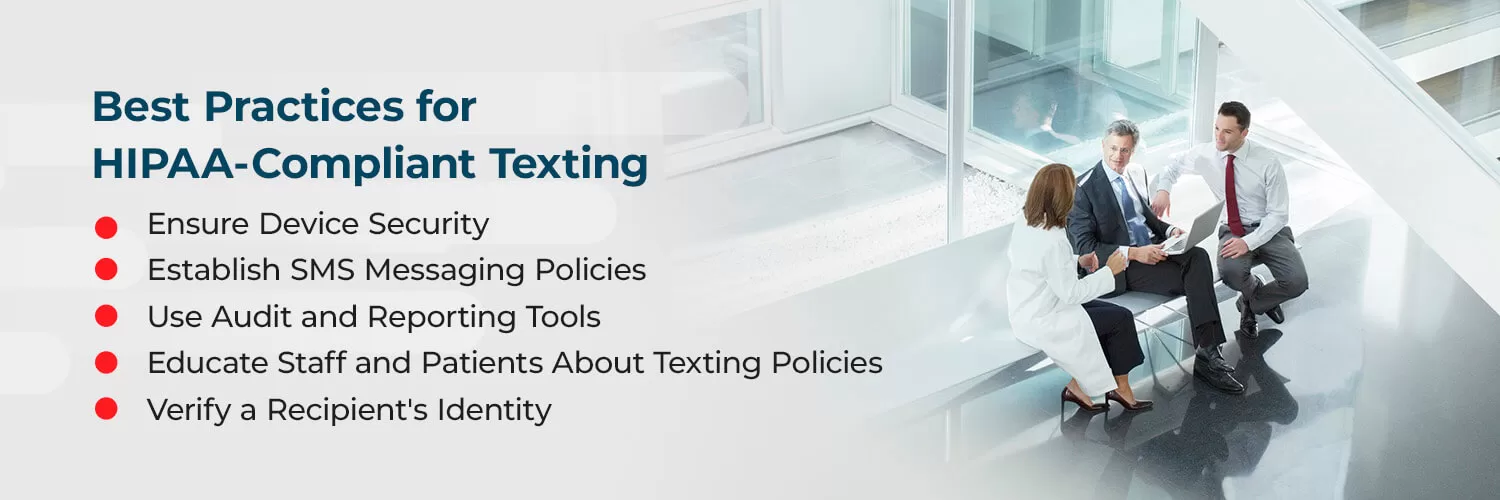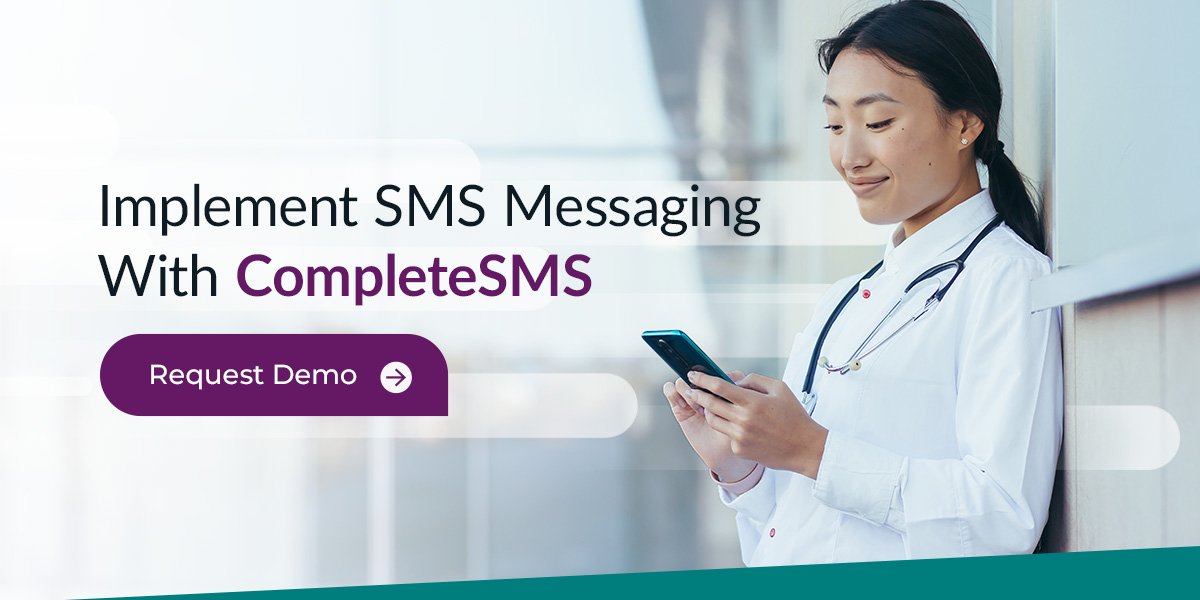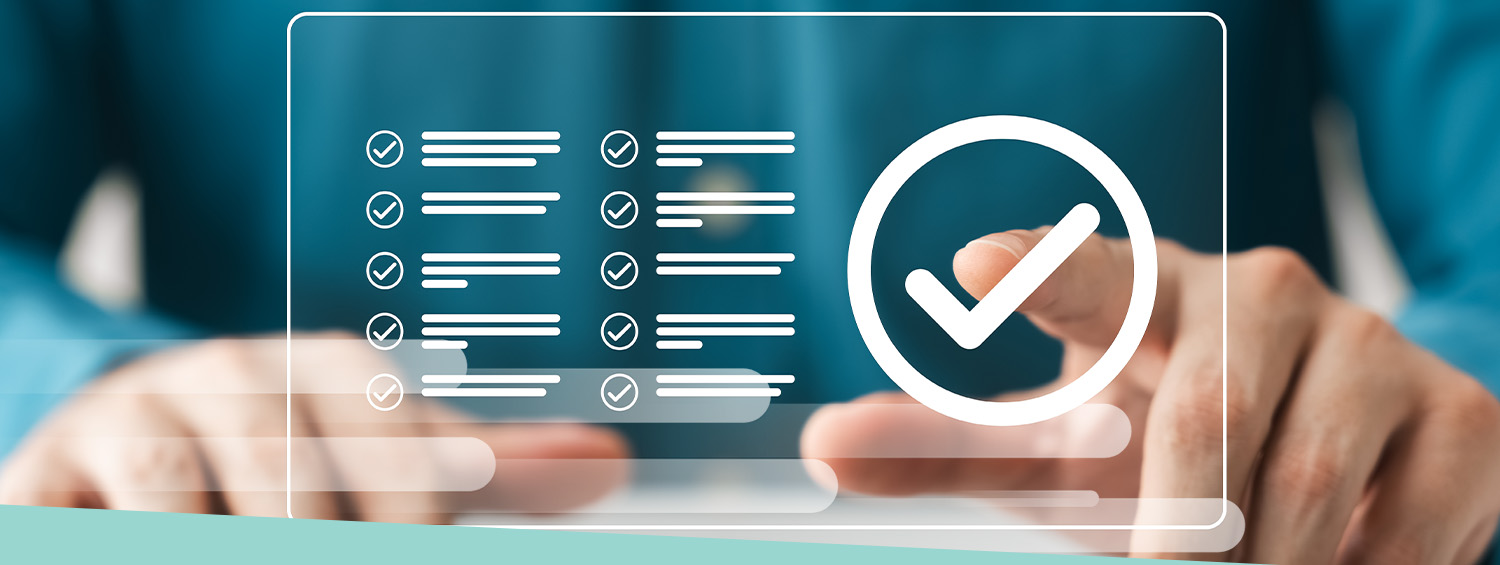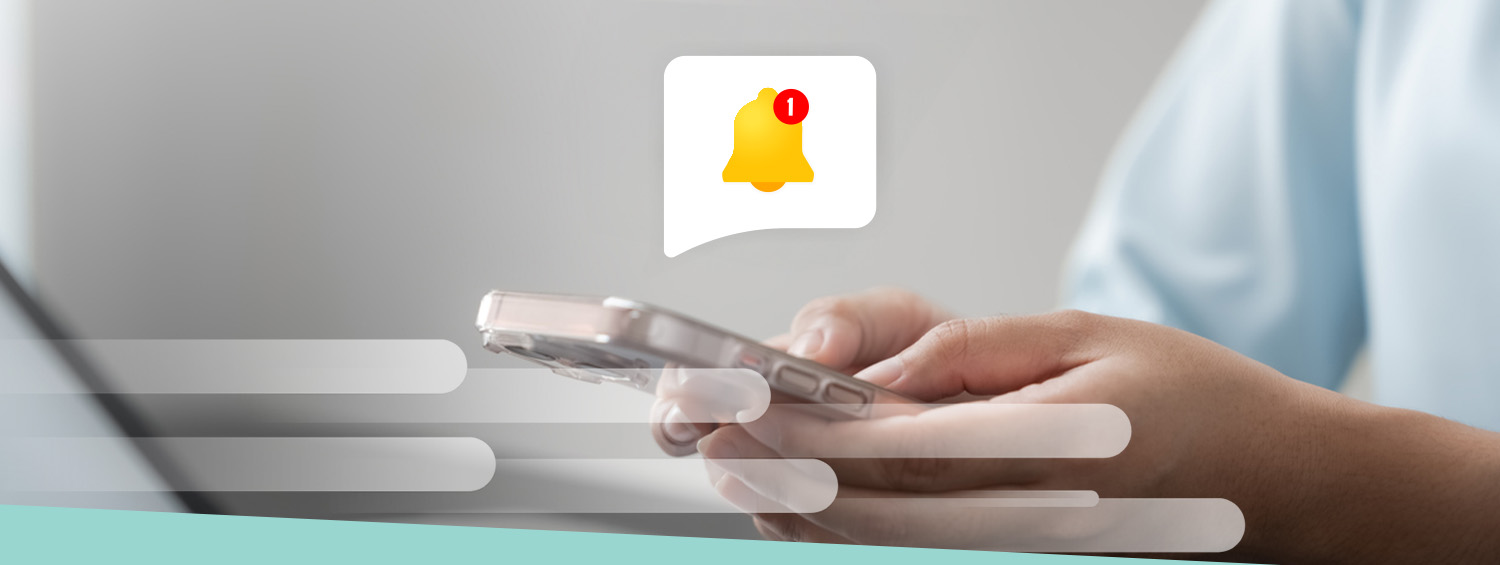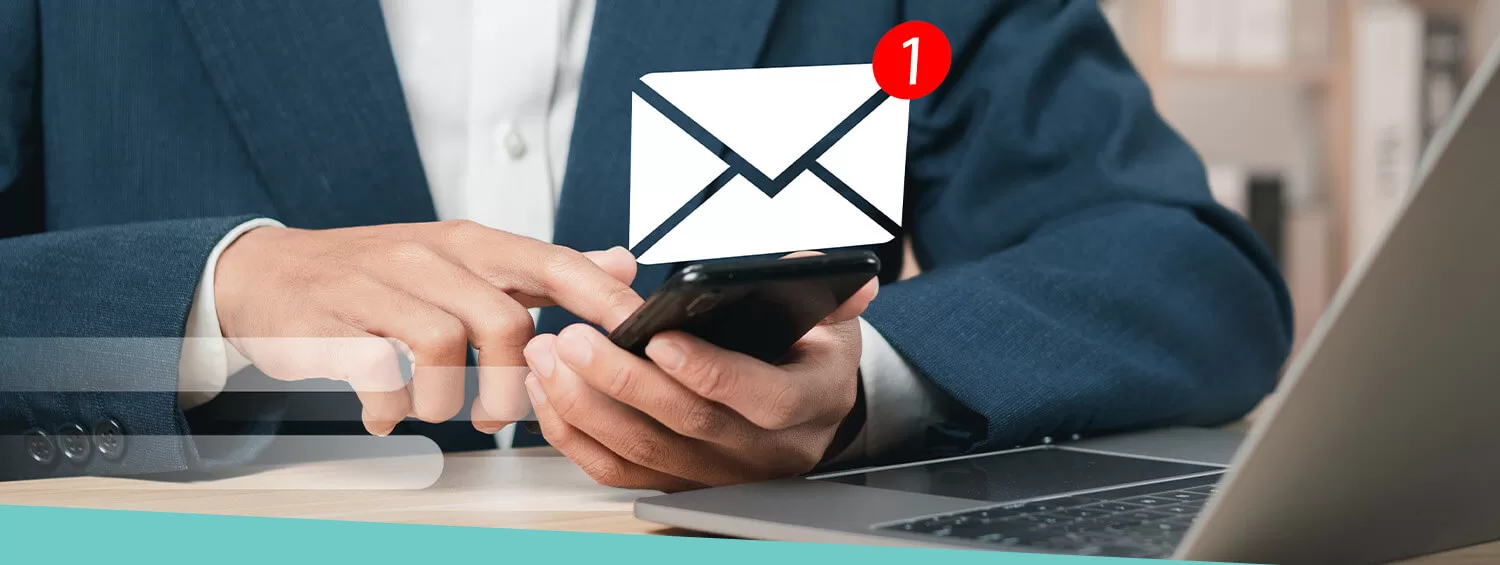
More healthcare providers are using text messaging, or short message service (SMS) and other technologies to communicate with patients and staff. Text messaging is a quick, efficient way for providers to directly remind people of upcoming appointments or medication refills to help them remember essential dates and times. Providers can also use SMS messaging to keep staff on the same page about work-related subjects.
If your healthcare facility is considering using text messaging to engage with patients and staff, you should be aware of rules from the Health Insurance Portability and Accountability Act (HIPAA) that may affect how you send text messages. HIPAA works to minimize the risks of using SMS messaging in the healthcare industry by outlining specific regulations for protecting protected health information (PHI). Learn more about SMS HIPAA requirements and how your business can meet them.
The Importance of HIPAA-Compliant Text Messaging
As a healthcare provider, you likely already know how vital HIPAA compliance is. However, many professionals aren’t aware HIPAA extends to text messages.
Your patients’ data is confidential, and any digital communication like SMS increases the risk of valuable data leaking. As such, you should keep private information safe. Even if your business is secure, the software you use to send texts could compromise the integrity of your confidentiality, which is why you should use a managed service provider (MSP) that complies with HIPAA regulations.
The consequences of leaked data extend beyond a damaged reputation. You might be responsible for hefty fines. If you don’t rectify a HIPAA violation within a month, fees can range upward of $2 million. It is in your and your patients’ best interest to prevent this from happening.
How SMS Messaging Can Improve the Patient Experience
SMS messaging can be a powerful tool in the healthcare industry. Texting can help improve communication with your patients and increase their loyalty to your facility. Consider the many ways SMS enhances the customer experience for patients:
1. Remind Patients of Appointments
Giving patients the option to receive text notifications about their care is a great way to improve their experience with your facility. For example, text messages reach recipients directly and may be more prioritized than emails. Many patients appreciate the immediacy of a text message and find it helpful for remembering appointments and medication refills.
2. Re-engage Patients
You can also use SMS to engage with patients who previously received care from your facility and haven’t opted out of your messages. Whether you’re reminding someone to schedule an annual exam or using SMS messaging to request patients reschedule their visit after a no-show, texting is a great way to reopen the patient-provider relationship.
3. Increases Communication Between Providers and Patients
Text messaging can also improve and increase communication between doctors and patients. Communicating about prescription status through SMS optimizes your patients’ and team’s schedules. Allowing patients to confirm, reschedule or cancel appointments through text streamlines the appointment process. Providers can also send instructions for follow-up care and request bill payment through text. When patients can communicate about appointments, prescriptions and other aspects of care through SMS, they don’t have to spend as long on the phone with your facility and are more in control of their care.
HIPAA Regulations That Affect Healthcare Providers and SMS Messaging
As a healthcare provider, it is your responsibility to comply with HIPAA regulations about protecting PHI. Consider how these rules may affect how you use SMS messaging to communicate with patients:
Privacy Rule
The HIPAA Privacy Rule addresses the use and disclosure of patient PHI. This rule helps patients understand and control how healthcare providers use their information and provides guidelines for protecting patients’ privacy. This rule applies to a wide range of entities, including:
- Healthcare providers
- Health plans
- Business associates
- Healthcare clearinghouses
Security Rule
The HIPAA Security Rule addresses the protection of any PHI transmitted in electronic form. This rule thus applies specifically to text messages. Covered entities must put measures in place to ensure the electronic transmission of PHI is confidential and maintains data integrity.
The Security Rule also specifies that covered entities are responsible for safeguarding electronic PHI against threats, impermissible uses or disclosures of PHI and detecting potential threats as they arise.
HITECH Breach Notification Rule
Another significant regulation for healthcare providers considering using SMS messaging is the Health Information Technology for Economic and Clinical Health (HITECH) Act. The HITECH Act sets requirements for covered entities to promptly notify the Department of Health and Human Services and individuals affected by a breach of PHI. The breach notification rule places increased responsibility on healthcare providers to safeguard patient information properly.
The Benefits of Using a HIPAA-Compliant Texting Platform
The most significant advantage of a HIPAA-compliant SMS strategy is having peace of mind knowing your patients are protected and you don’t need to worry about the legalities. The most effective way to do this is using an SMS platform provider that understands HIPAA regulations.
You’ll experience some other benefits as well, such as:
- Secure data: Protecting confidential information benefits your patients and your healthcare service. Your accounts may have sensitive business-related information you want to keep contained. If a data breach accesses patient details, your company data may also be at risk.
- Easy implementation: SMS software is easy to implement since many platforms integrate with your existing systems, like email software or spreadsheets.
- Improved efficiency: SMS software can send appointment reminders and booking confirmations, and these automated processes save your team time and improve overall efficiency.
- Better patient relationships: Customers often prefer SMS communication over phone calls, as they don’t take up as much time. You can also enable two-way texting so our patients can contact you with queries, increasing engagement.
- Well-informed patients: SMS software allows you to share critical information with your patients so they can access results and treatment plans when they need them. You can send them reminders when they’re due for a checkup, allowing your business to assist them in improving their health.
- Fewer no-shows: Once you consistently use SMS to communicate with patients, your missed appointment rate might decrease thanks to reminders, and you may get fewer calls from patients requesting information since they’ll have everything they need in the text.
Best Practices for HIPAA-Compliant Texting
Maintaining HIPAA-compliant SMS messaging is critical for protecting sensitive patient information, adhering to government regulations and building patient trust. While HIPAA-compliant texting may seem monumental, you can implement some strategies to make it easier.
The following best practices can help your facility achieve HIPAA compliance with a texting feature.
1. Ensure Device Security
Whether you send SMS messages from your web browser or use Gmail to compose texts, securing your devices is essential in ensuring HIPAA-compliant SMS. Any device that sends or receives SMS messages containing PHI must remain safe from potential misuse to prevent the unauthorized disclosure of patient information.
Develop a policy for device security, such as having devices at your facility that may only be used for work-related activities or encrypting devices that will be used for SMS messaging. All devices sending SMS messages should be password–protected.
2. Establish SMS Messaging Policies
Your facility needs a firm policy about who can access patient information and send SMS messages. The policy should address what types of data you may share via text, who can access the data to send the messages and how to send them. Here are a few factors to address in your text messaging policy:
- Trackable user IDs: Create unique user identification numbers to track who accesses PHI and restrict access to certain types of information.
- Emergency access credentials: Define what may be considered an emergency and who will be allowed access to PHI in these situations.
- Message encryption: Invest in messaging encryption to prevent unauthorized use of or access to PHI.
3. Use Audit and Reporting Tools
Assessing the access and use of PHI helps healthcare providers measure risk and increase data security. Each covered entity is responsible for determining what controls and tools are needed to protect patient information adequately.
A helpful strategy for implementing HIPAA-compliant texting is implementing SMS messaging auditing and reporting tools. These tools log and generate reports on all user activities, including administrative access, providing a clear timeline of who accessed information and when. These tools let your team identify and mitigate any risks related to message access and technology security.
4. Educate Staff and Patients About Texting Policies
The technology you use to send SMS messages is critical to safeguarding PHI, but so is your facility’s staff. Employees can pose a data risk if they don’t follow best practices for sending and receiving sensitive health information, compromising patient information and putting your facility at risk of noncompliance. Train your staff on your facility’s safe texting policies, such as what information to include in SMS messages and how to send them securely.
Educating patients about your facility’s SMS messaging policies is also critical. Patients have the right to know how your facility may use their information so they can consent to the policy. You may also want to inform patients about how you protect their data, which can build trust.
5. Verify a Recipient’s Identity
Before sending an SMS message containing PHI, verifying the recipient’s identity is vital. HIPAA requires healthcare providers to safeguard data to be inaccessible to unauthorized users. You don’t want texts containing PHI to be accidentally read by a patient’s coworkers or family members. Verifying the recipient’s identity is essential in keeping that information secure. Your facility can use SMS for two-factor authentication to confirm users’ identities before granting them access to PHI.
Sending Messages Without Breaching HIPAA Compliance
You can also find effective solutions for SMS messaging while avoiding the cost of expensive A2P services. Work with your service provider and train staff to implement strategies to maintain compliance.
You can send SMS notifications like appointment reminders, medication timing reminders and health tips without breaching compliance. When sending these messages, it’s critical to:
- Never send full names: It is crucial to avoid direct identifiers like names, Social Security numbers and addresses.
- Omit medication details: Specific details about medication and treatment can breach HIPAA compliance. Omit details regarding diagnoses, test results, prescriptions and similar information.
- Avoid financial information: Do not include financial information, such as credit card numbers, payment history, insurance details or account numbers, in SMS messages.
Implement SMS Messaging With CompleteSMS
Whether your healthcare facility wants to send reminders for upcoming appointments or improve communication between patients and providers, SMS messaging is an effective way to accomplish your goal.
Our SMS services for the healthcare industry help you keep patients and staff informed without breaching compliance. We have free customer support, and our platform easily works with Gmail, Outlook, Excel and other software you already use.
CompleteSMS makes sending text messages from a computer or browser to any patient device easy. With more than 20 years in the business SMS industry, we are a trusted expert in global messaging. To learn more about how our SMS solutions work with your existing infrastructure, request a demo of our solution to see it in action.



